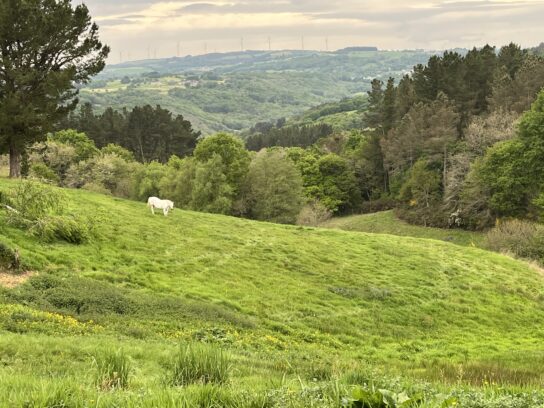
This month I will cover the Camino pilgrims’ favor topic – blisters! I will also describe my training preparations, shoes, inserts, sandals, and training regime.
All of this is a follow-up to last month’s article on Camino de Santiago logistics, and my earlier general Camino articles. For these pieces see:
https://www.mymcmedia.org/hiking-the-famous-camino-de-santiago-part-1-logistics/
https://www.mymcmedia.org/blog-top-tips-for-tackling-el-camino-de-santiago-part-1/
https://www.mymcmedia.org/blog-el-camino-de-santiago-part-2-regional-highlights/
Blisters, Blisters, Blisters
One of the banes of a Camino pilgrim’s existence is blisters. I had thought I was pretty immune to blisters, but was rudely awakened when my training hikes started exceeding five miles, and those painful little buggers started popping up frequently. I resolved to become a blister expert; here is what I found.
First, blisters are caused by rubbing of a spot on your foot or toes against something hard and irritating, causing first a “hot spot” and then a blister. If you “listen to your feet” you may be able to “hear” a hot spot and then you can stop and treat it.
Second, the “hard, irritating” bits can be your shoes/boots, a tiny pebble, ill-fitting socks, or often other parts of your feet! Most of my blisters resulted from one toe or toenail rubbing against the adjacent toe. To avoid this, trim all your toenails way back and use a good foot softening crème. I recommend the German-made Gerlachs’ Gehwol Extra foot crème. Then find some “toe caps” that work well for you. There are many types; the best ones for me were Gel Toe Protectors. Sometimes I would cut off the top of the cap, since all I needed was some separation between two toes. I only put 2 or 3 Protectors on each foot, more were unnecessary. I tried the famous Injinji toe socks, but they felt weird and clammy.
Third, get some great socks. I tried about 25 different socks in my training hikes, and discarded 22! Most made my naturally clammy feet really, really clammy. I found that only thick socks made almost entirely of sheep or merino wool worked well at avoiding blisters and feeling cold and clammy. I suggest the REI mid-weight merino wool hiking socks. I tried wearing thin silk inner socks inside thick outer socks, as many hikers do, but this just made my feet feel cold and icky.
Shoes, Inserts and Sandals
Over the centuries Pilgrims have shod their feet with everything from nothing to Roman leather sandals to massive hiking boots. Today the main choices are running shoes, trail shoes, light hiking boots, and substantial hiking boots. My research showed that the last 100 kms of the Camino Frances has little rough terrain, so strong, heavy ankle support was not really necessary. I wanted lightweight shoes with a wide, stable footprint, so I went with New Balance More Trails model MTMORL Y2 (version 2) trail runner shoes, and was very happy. Then NB came out with version 3 – I bought some and found that inside the toe box was a projection that immediately irritated my big toe and made it unwearable. Sigh. I quickly bought up three pairs of Version 2 just before they went out of stock, so I would have several years of great shoes.
If you have young, perfect feet with no planar fasciitis (pain in the underside of your foot), you may not need custom foot inserts, known as orthotics. In my training hikes I started getting planar fasciitis in my right foot. I went to an expert podiatrist, and she diagnosed flattened arches in both feet that needed support and stretching exercises. The custom orthotics were made in a lab in California and cost over $800! Yikes! Luckily we got most of the cost re-imbursed by health insurance. She also forcefully said, “You must get some Oofos or similar arch support sandals for everyday wear or around the house. The only steps you can take in bare feet every day are your steps in and out of the shower!” She added: “Never, ever wear Crocs – no arch support!”
I bought some Oofos Roman-style sandals, faithfully did her recommended planar stretching, and wore my custom inserts on all my training hikes and on the Camino. I only had a few minor twinges of pain over several years.
The only bad news: As soon as I bought my Oofos Roman sandals, Oofos discontinued that model. So I rushed around the Internet and quickly found and bought three remaining pairs in my size.
A paranoid question: do American manufacturers follow me around, ID what great items I am buying, and immediately discontinue them? Huh?
Training Regime
I planned to gradually increase my training hikes from 1 to 2 miles per day up to 5 to 6 and eventually up to 10+ miles. I was going to train for only 6 months, but the 2024 election intervened, and so I trained for about two years. And I only increased my training hikes up to 7.6 miles per day maximum, with about 4-5 shorter hikes per week. I managed to log about 1500 miles over two years, mostly on asphalt walking trails with several moderate hills per walk. Much of my training was done on the asphalt Matthew Henson trail near my house, named after the famous Black explorer and co-discoverer of the North Pole. I did several hikes with the local chapter of American Pilgrims on the Camino (APOC), a terrific support organization.
I was afraid this training was not enough, and read that I should be training on steeper hills, with varying surfaces, and longer distances. But learning that 90% of Pilgrims undertake NO training whatsoever made me feel better – do they really think God or St. James will protect them from pain and exhaustion?
In the event, my training was sufficient for the last 100 kms of the Camino, and I had no major problems. Perhaps if I had started in Saint Jean Pied de Port, in France, and tried to conquer the Pyrenees in my first few days of hiking the Camino, I would have regretted not training harder.
Next month I will discuss what backpack to bring, water issues, SIM cards and communications, and what not to bring.
Buen Pies y Buen Camino!
1. Me at kilometer 100 of the Camino Frances of the Camino de Santiago – or wait, is that 100,000 kilometers to go????!!!!
2. My (pretty much) blister- and pain-free feet, thanks to Gel toe caps, an expensive custom orthotic shoe insert, New Balance trail running shoes, and an exotic German foot softening crème. Aspercreme is good for sore ankles, knees and hips. The rainbow-colored toe cap did not work well – it kept slipping off my big toe and creating a lump in the shoe.
3. Gaiters used on a rainy, muddy day on the Camino. I only needed these once in ten days, and in retrospect would not have brought them along – unnecessary weight.
4. The New Balance More Trails trail running/hiking shoes I used for 1500 miles of training hikes, mostly on asphalt. The soles are worn and a bit cracked but the shoe is usable. I retired these in March 2025, two months before going on Camino, then broke in an identical pair for use on the actual Camino hike. No worries, mate! (EXCEPT, New Balance discontinued this marvelous model!)
5. The Oofos size 13 (yes, I am the real Big Foot) recommended by my podiatrist and used in the evenings and sometimes during rest stops, to air out and relax my feet, while still offering arch support. These Roman sandal-style shoes allow plenty of air flow and prevent clammy feet. I now wear these at home (with no socks) and while doing daily errands. Naturally, Oofos has now discontinued this terrific model. Duh!
6. The Matthew Henson Trail in central Montgomery County offers moderate hills, a leafy, shady, restful canopy of trees, and an asphalt surface – a great training ground. It is named after the amazing explorer who resided in the Layhill and Aspen Hill parts of Montgomery County and became the co-discoverer of the North Pole.
7. The American Pilgrims on the Camino (APOC) organization has a Capitol Area (DC/MD/VA) Chapter that supports local Pilgrims, has periodic trail hikes, and holds communal coffee klatches.
8. All this training and work led to a well-earned reward: terrific Galician scenery!

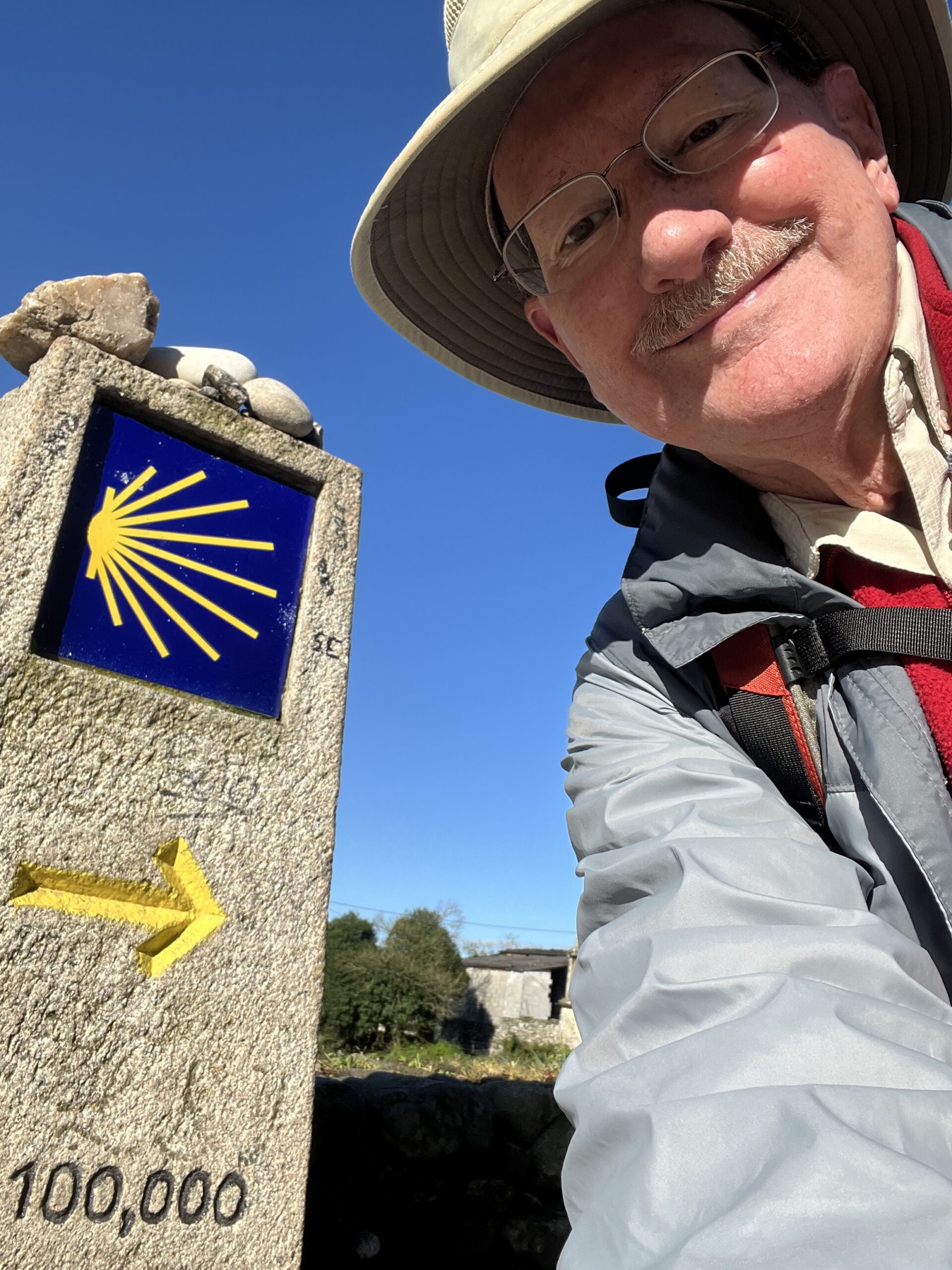
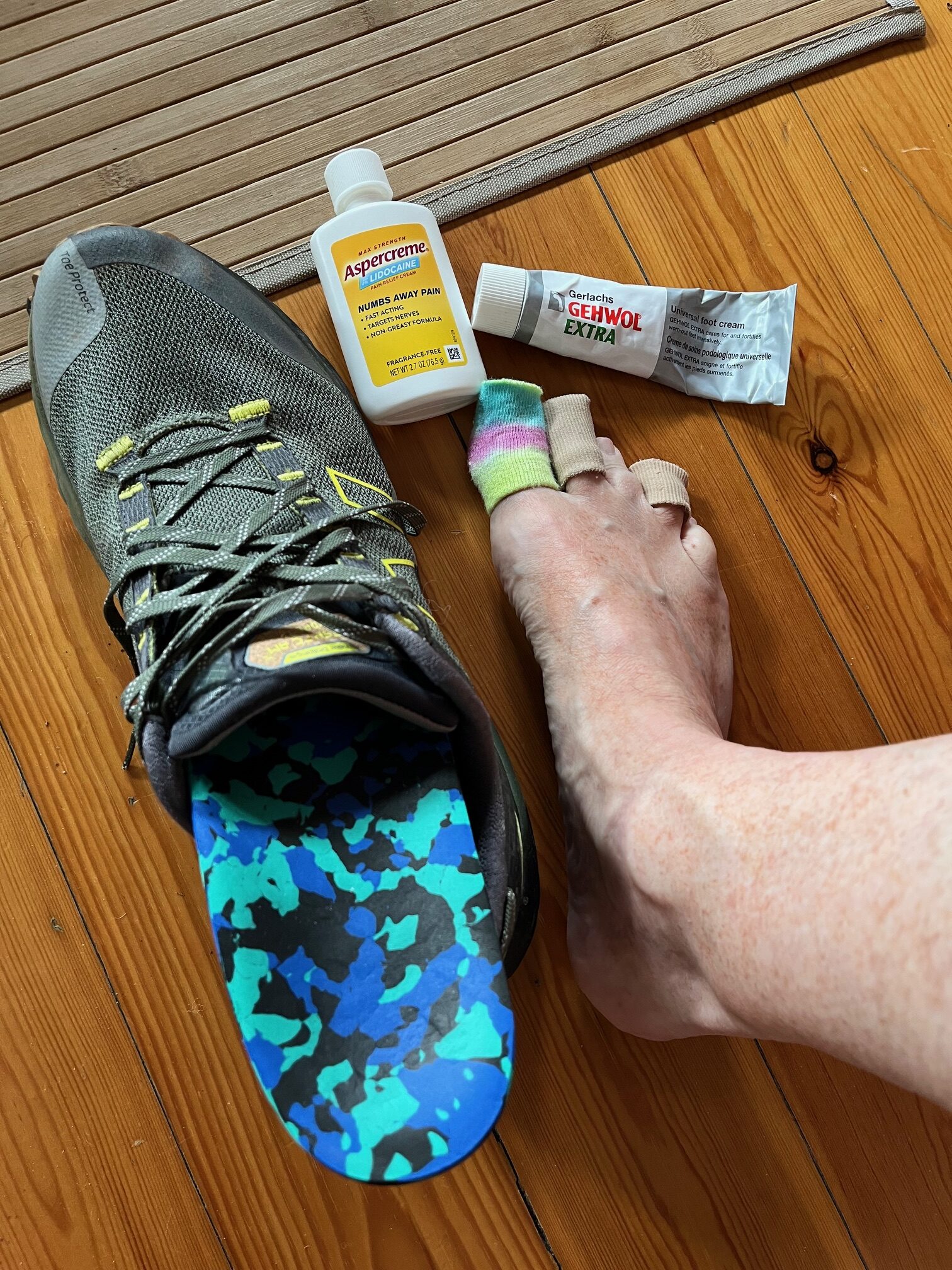
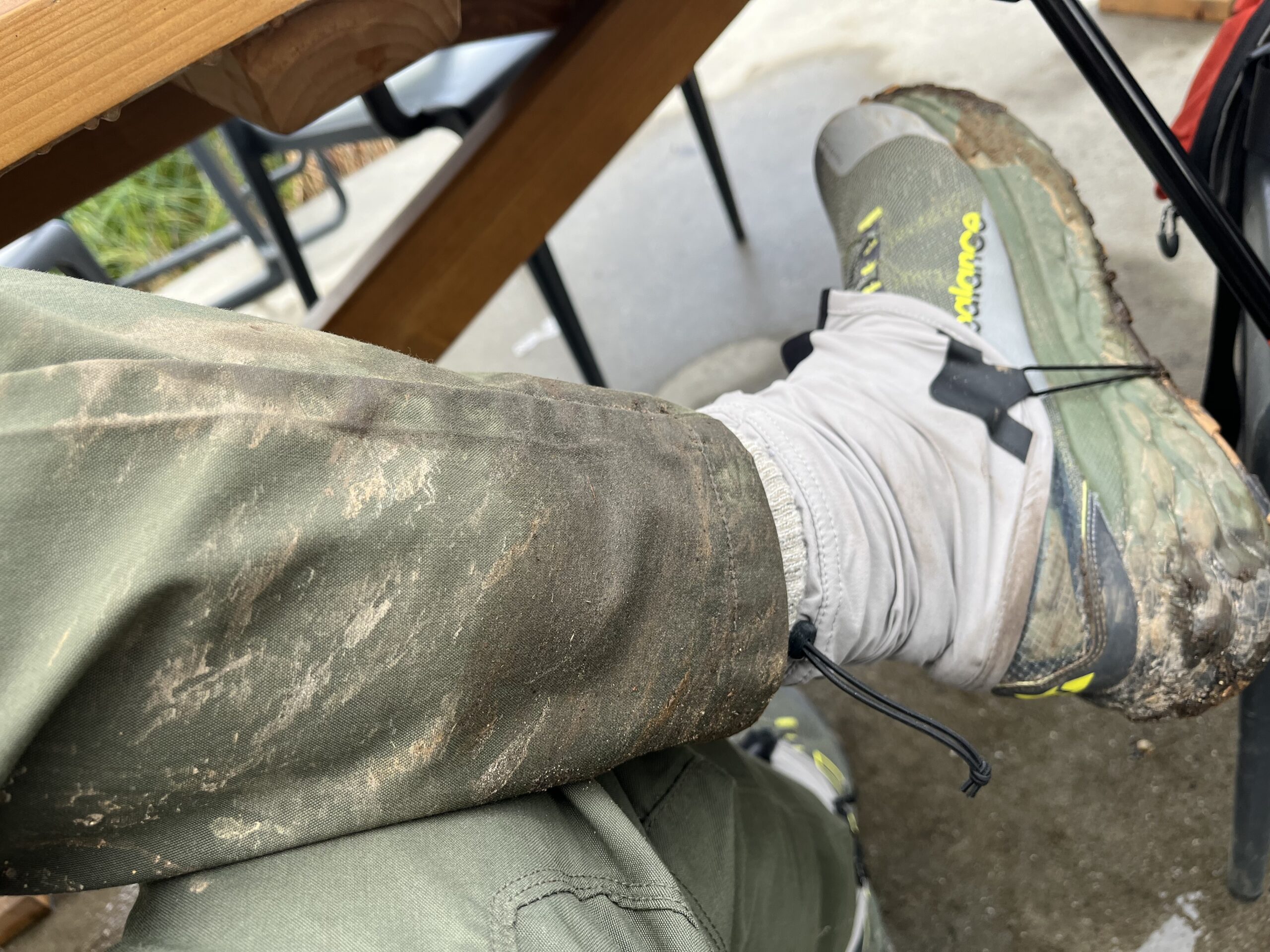
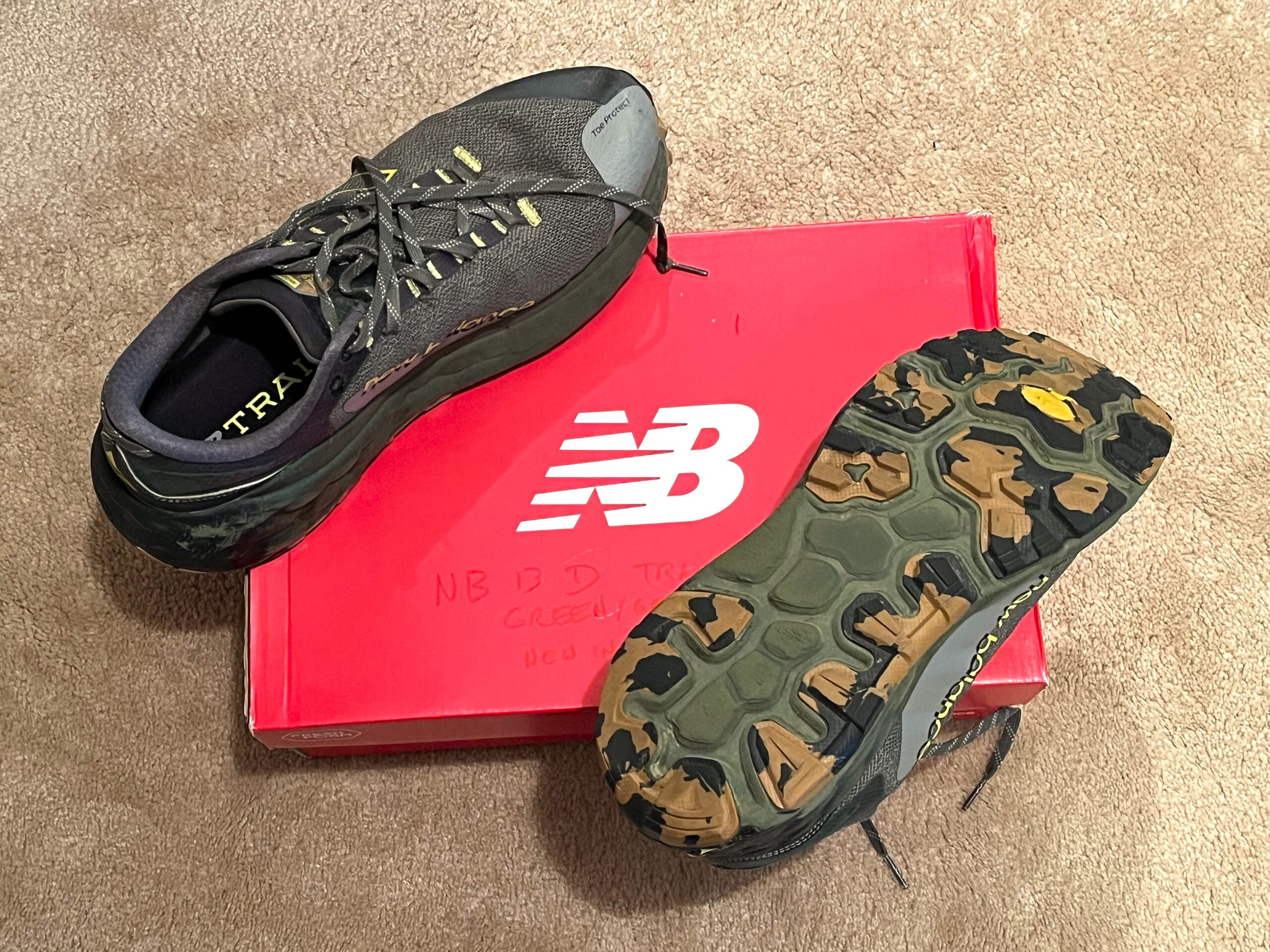
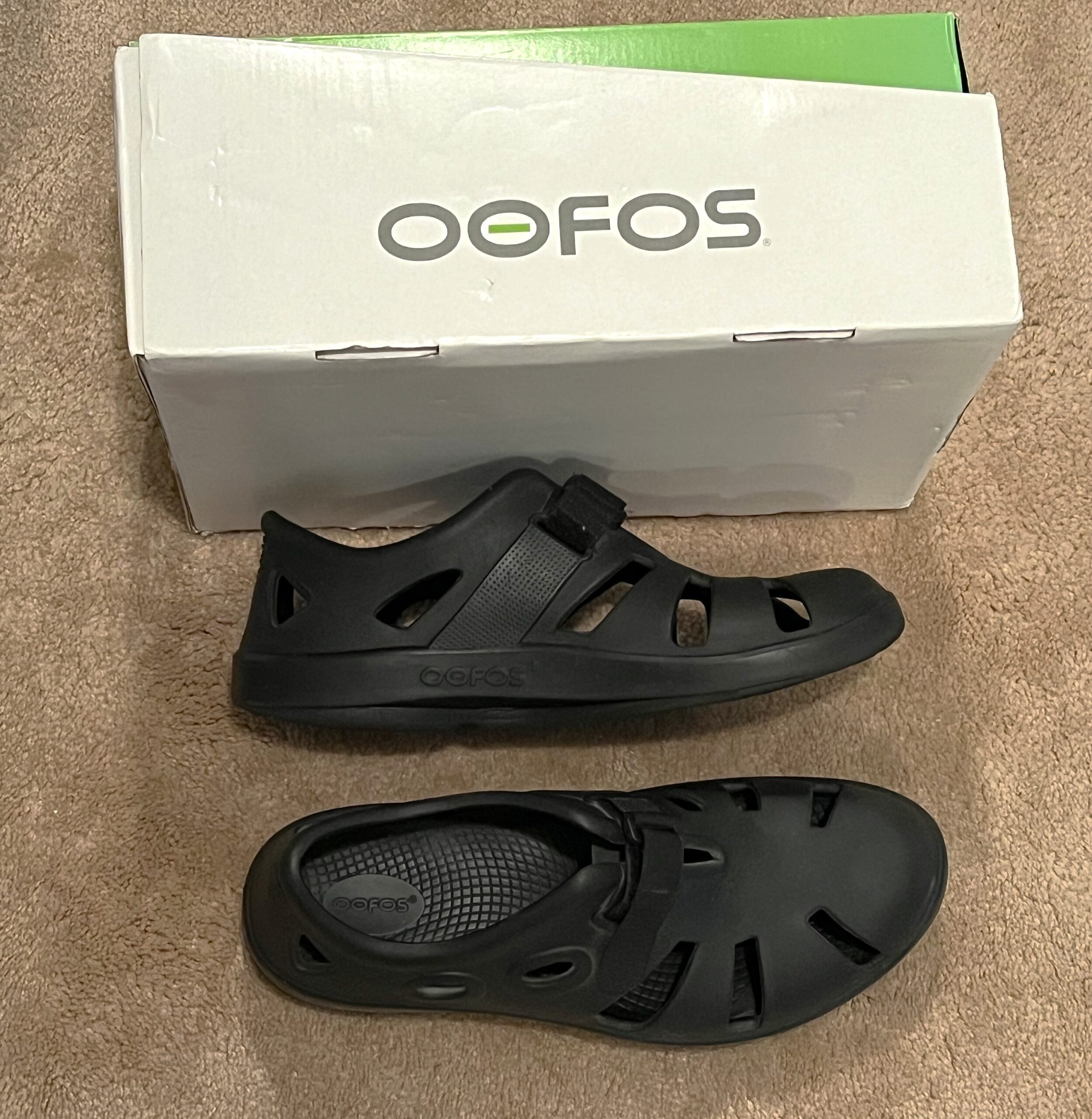
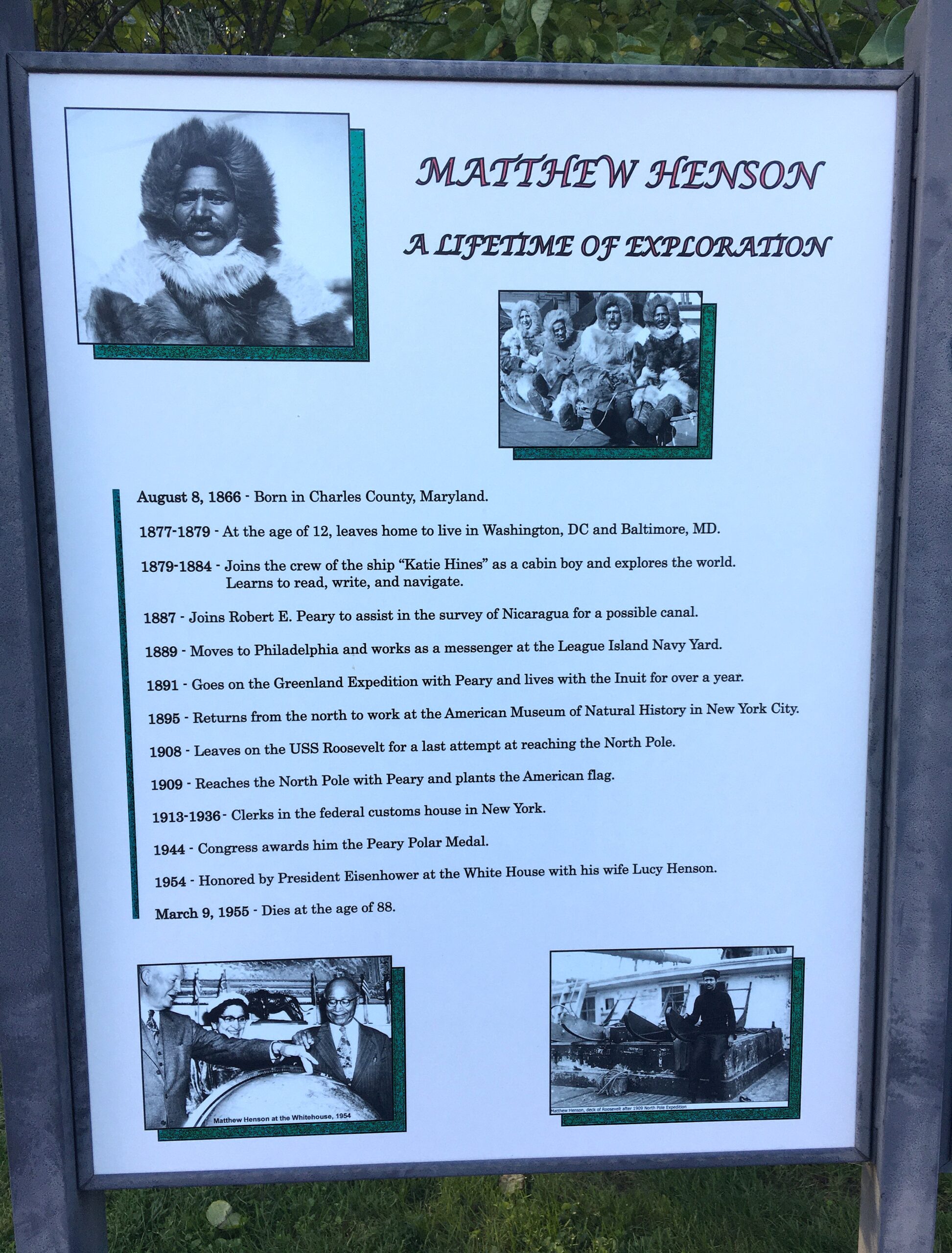
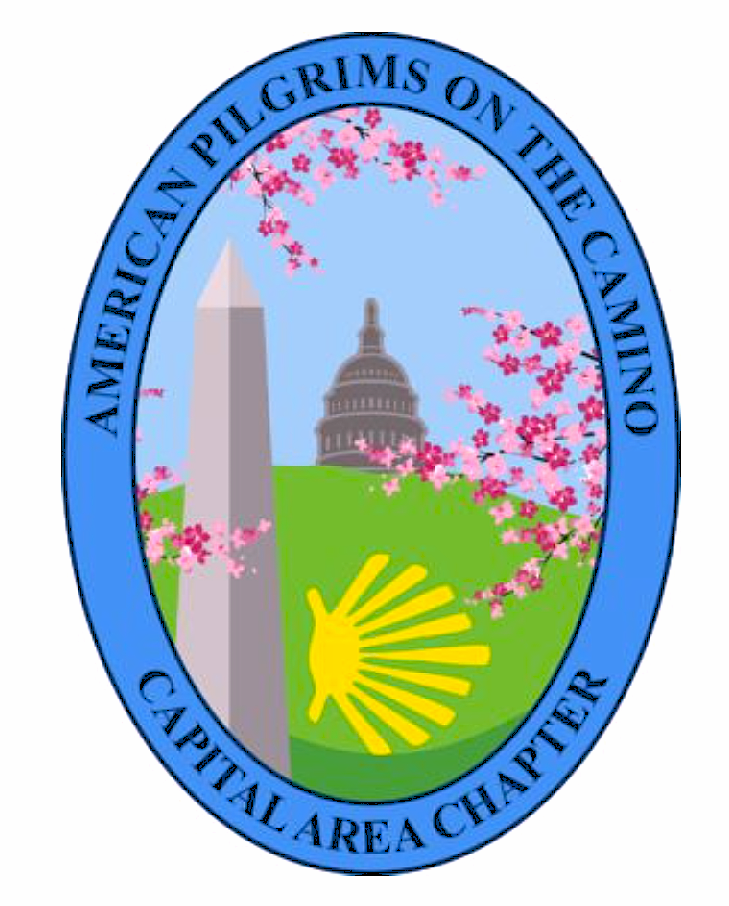
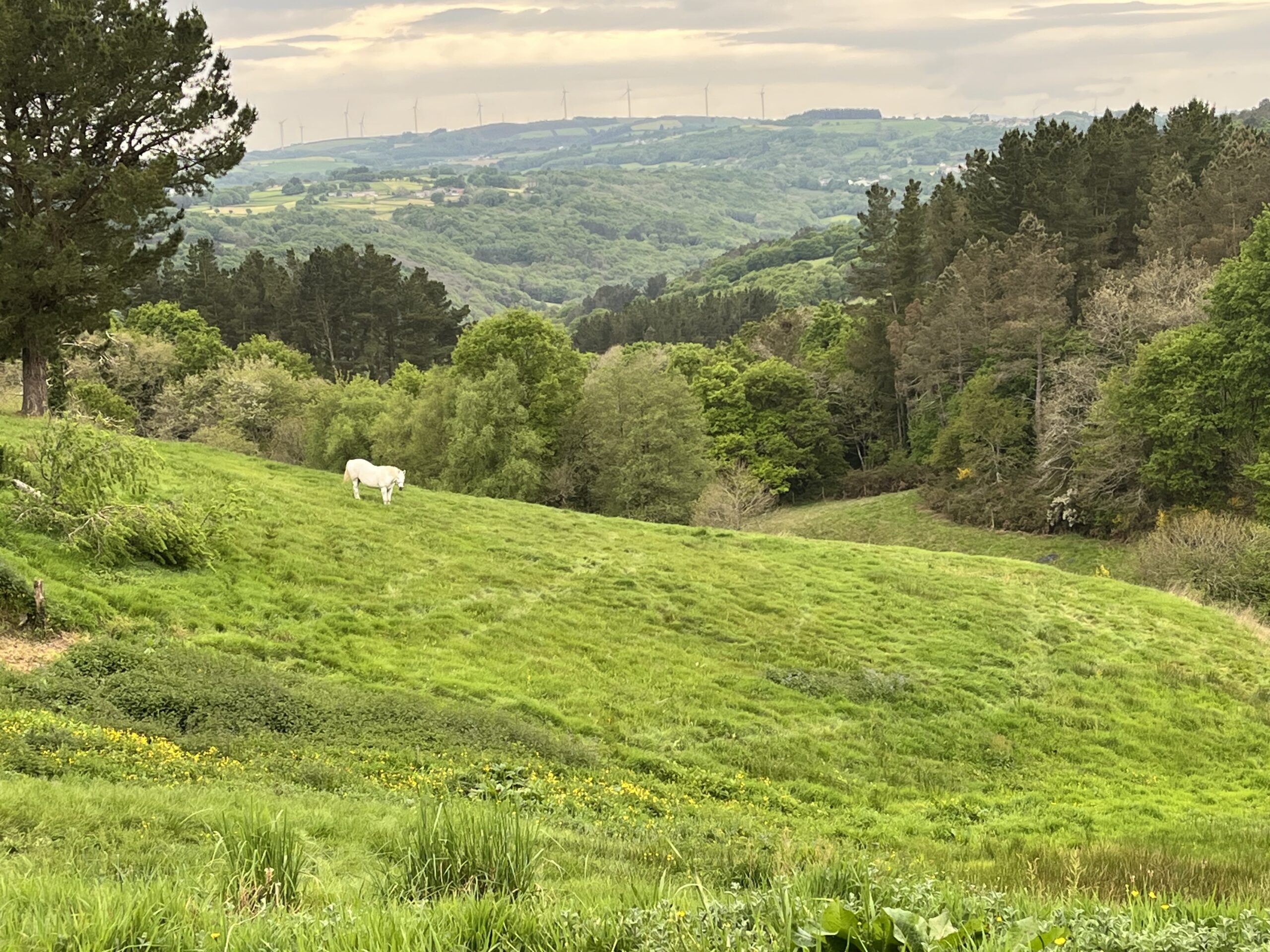
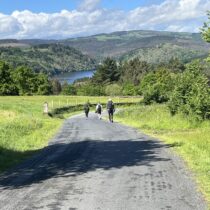


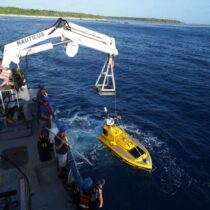
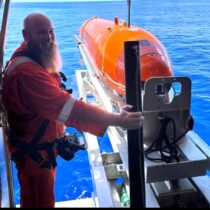
Comments are closed.